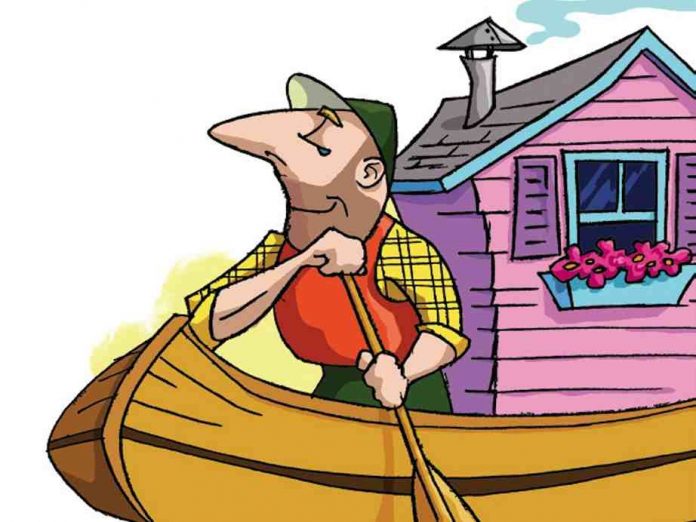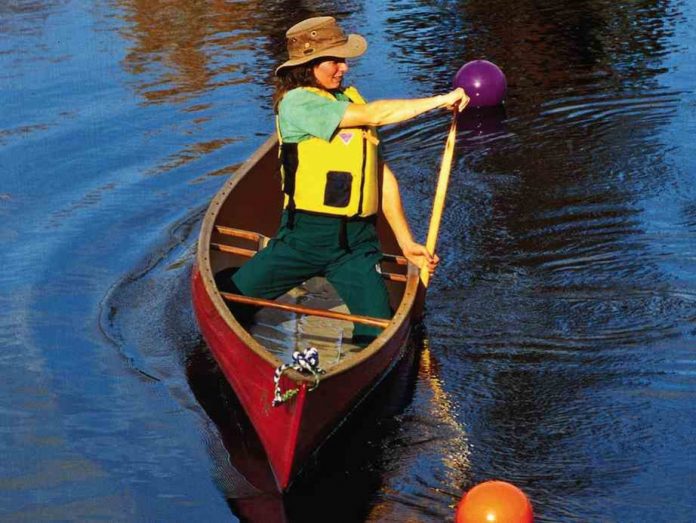These top scenic whitewater canyon picks from Rapid magazine will keep you wondering what’s around the next bend.
LOWER CANYONS, Rio Grande, TX
This run forms a rugged 140-mile section of the Texas-Mexico border. Filled with large standing waves, whirlpools, boulder gardens and drops, the Lower Canyons are sure to test any paddler’s nerve.
Plan for six to 10 days, allowing time for off-river exploration of limestone side canyons with towering, 2,000-foot walls. Spring and fall offer the highest levels but bring risk of flash flooding. For more predictable levels, a winter trip is recommended. Look for a USGS gauge reading of 3.0- 4.5 feet.
YOUR RIDE
Liquidlogic Remix XP
SHUTTLE ROUTE
Take U.S. 90 west out of Del Rio. Turn left onto U.S. 385 at Marathon, then left again onto Ranch Road 2627 and look for signs for the Heath Canyon Ranch access. The take-out is in Langtry—take U.S. 90 west out of Del Rio, exit at State Loop 25 and turn left onto Torres Rd. River access info can be found at the Judge Roy Bean Visitor’s Center in Langtry.
KICKING HORSE CANYON, Kicking Horse River, BC
This technical run has some of the most accessible action-packed, glacier-fed whitewater in Canada’s Central Rockies. Combine a run of the Upper Kicking Horse and the more demanding lower canyon section for a full day of paddling.
The water is a stunning milky blue making it tricky
to see the features—pushy currents, large holes and boiling eddylines—that make this an iconic mountain passage. Paddle it anytime from May until September. If you prefer easier-to-read rapids, look for lower flow levels around 50 cms.
YOUR RIDE
AIRE 143 D
SHUTTLE ROUTE
Head east on the Trans- Canada Highway out of Golden. Turn right on Beaverfoot Road and follow it down to the river. There
is an access point at the Kicking Horse Rest Area on the Trans-Canada if you do not wish to tackle the lower section. Otherwise, you can take out at the Golden Rec- reation Center on 9th St., right downtown Golden.
SPLIT MOUNTAIN CANYON,
Green River, UT
The Green River carves
its way through Dinosaur National Monument in northeastern Utah, forming towering sandstone formations. A day trip into the1,500-foot- deep Split Mountain Canyon will float you down crystal clear rapids through desert scenery and past spectacu- lar geology.
Multi-day, class III options can be found upriver through Lodore Canyon
and a series of some of
the deepest gorges in the southwest. The canyon is best run from April to October with flows peaking from late May to early June. A National Park Service permit may be required for some sections so be sure to plan well ahead or consider using a guide.
YOUR RIDE
Pyranha Everest
SHUTTLE ROUTE
To access Split Mountain Campground, Take U.S. 40 east out of Vernal. Turn left onto Highway 149 at Jensen and follow the signage 10-miles to the campground.
This article originally appeared in Rapid, Early Summer 2011. Download our free iPad/iPhone/iPod Touch App or Android App or read it here.



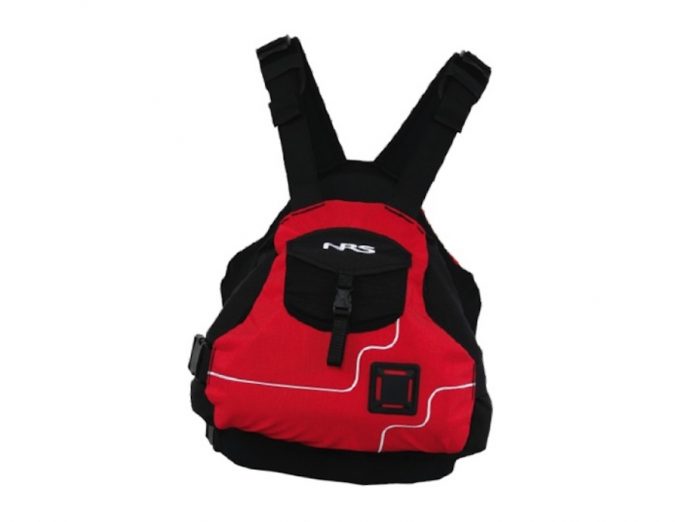
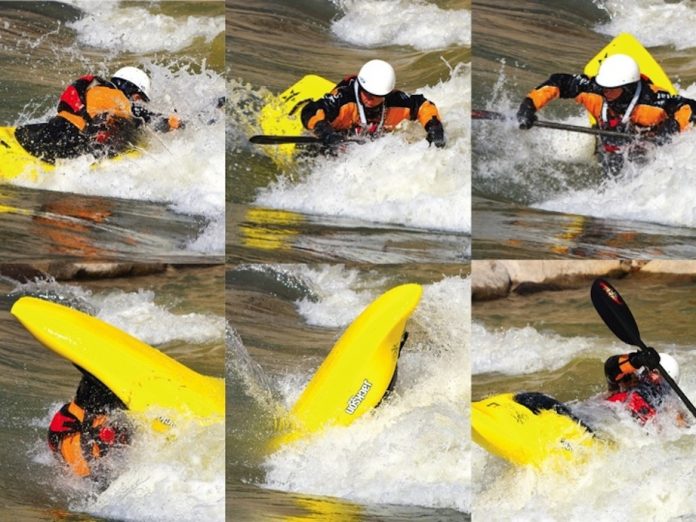
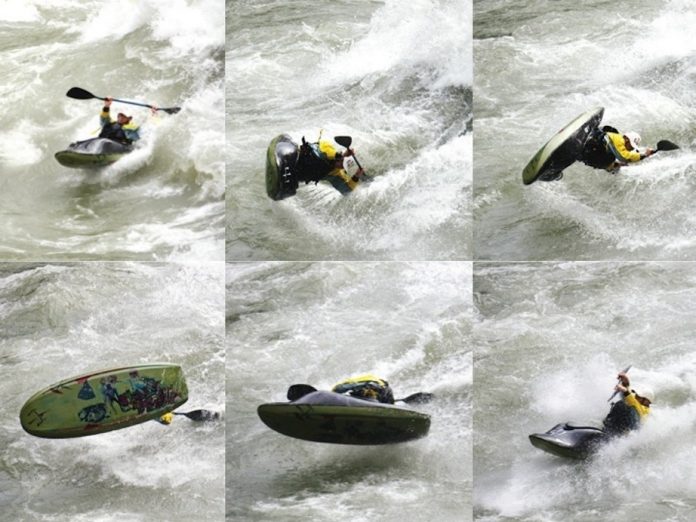
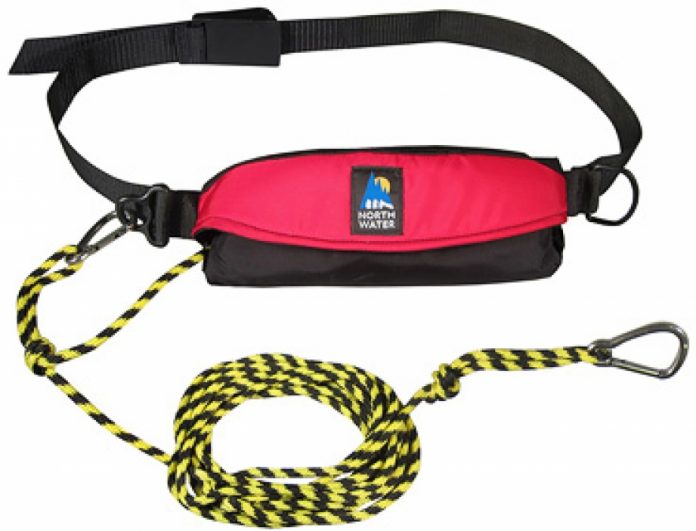
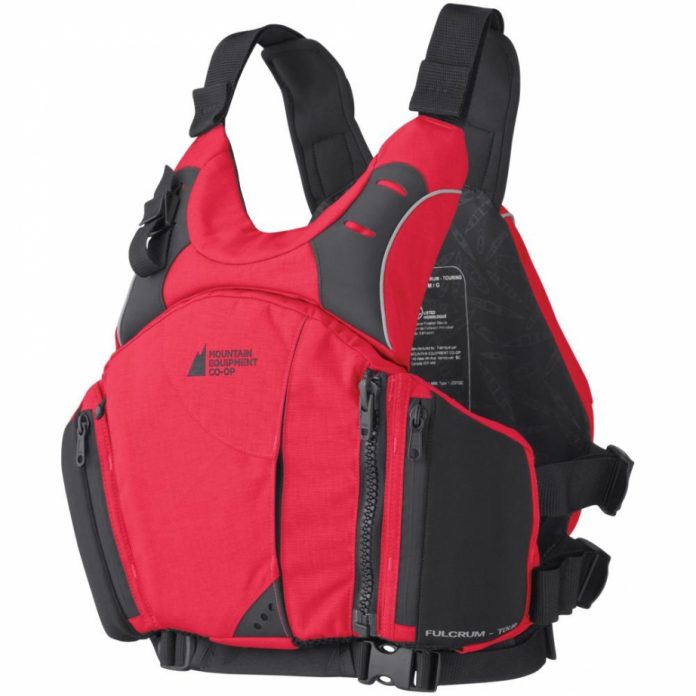
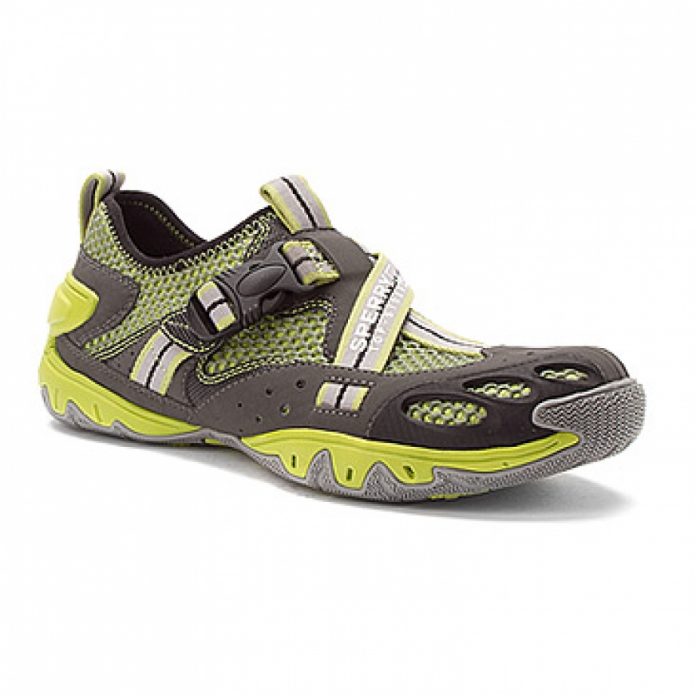
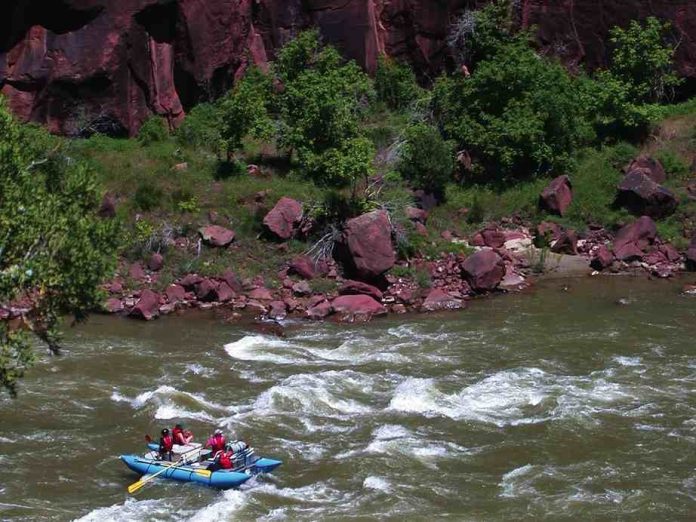


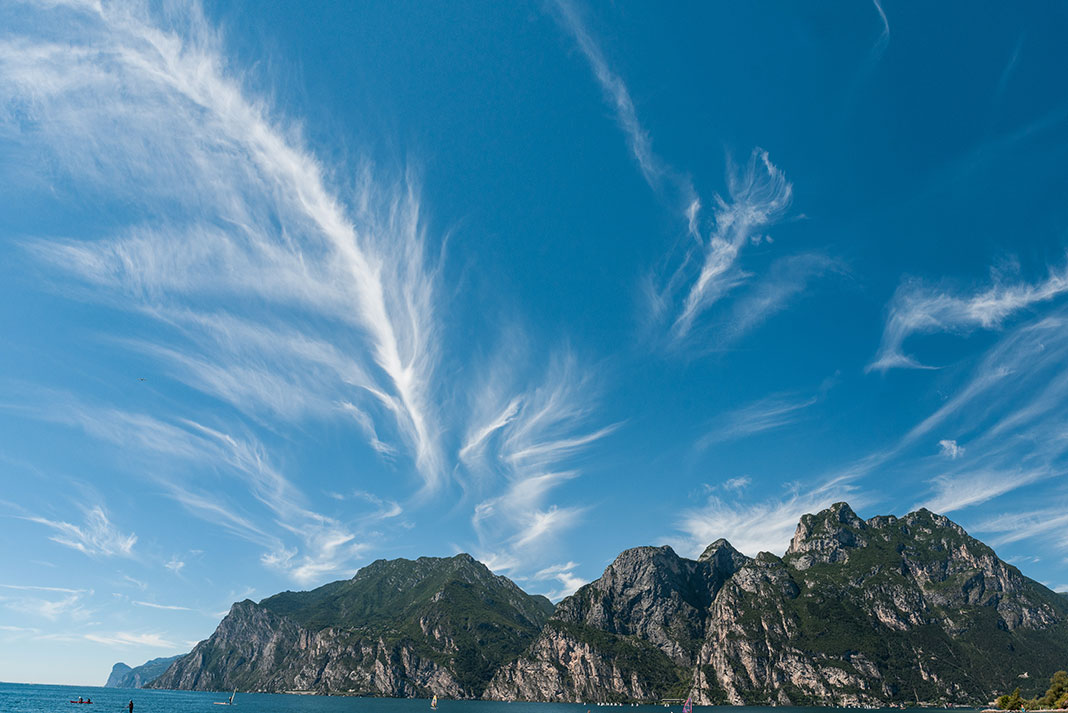
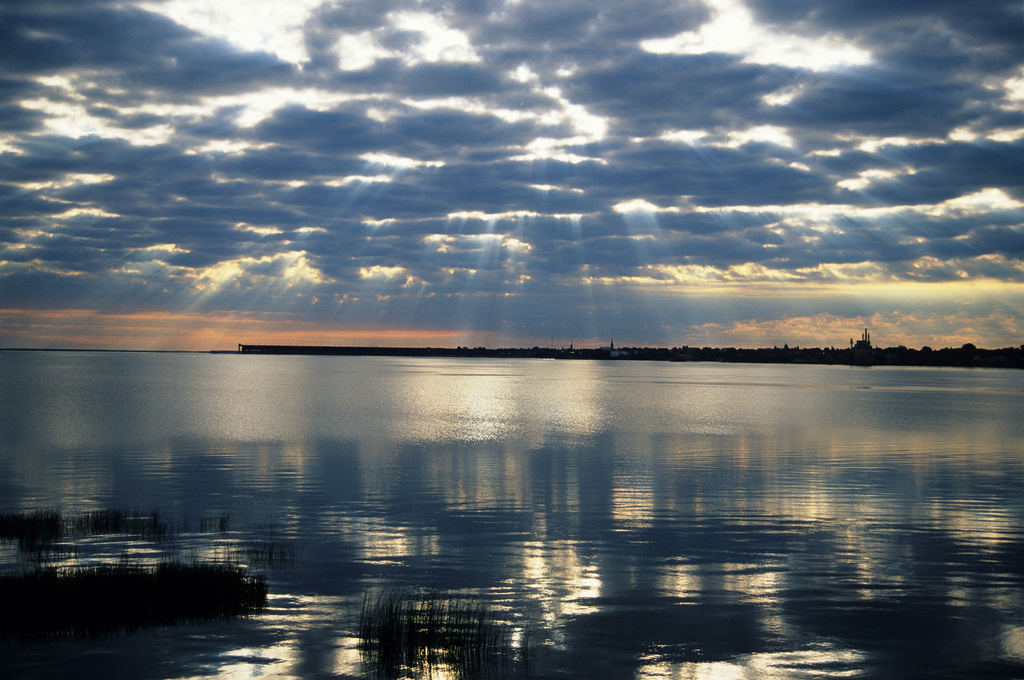
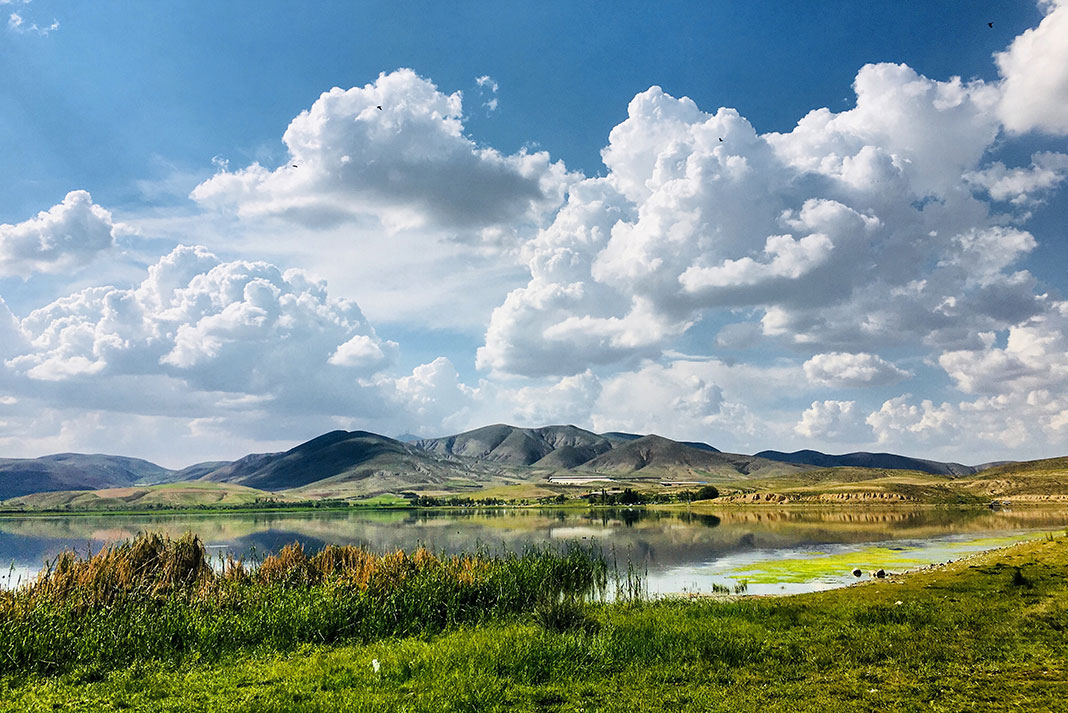
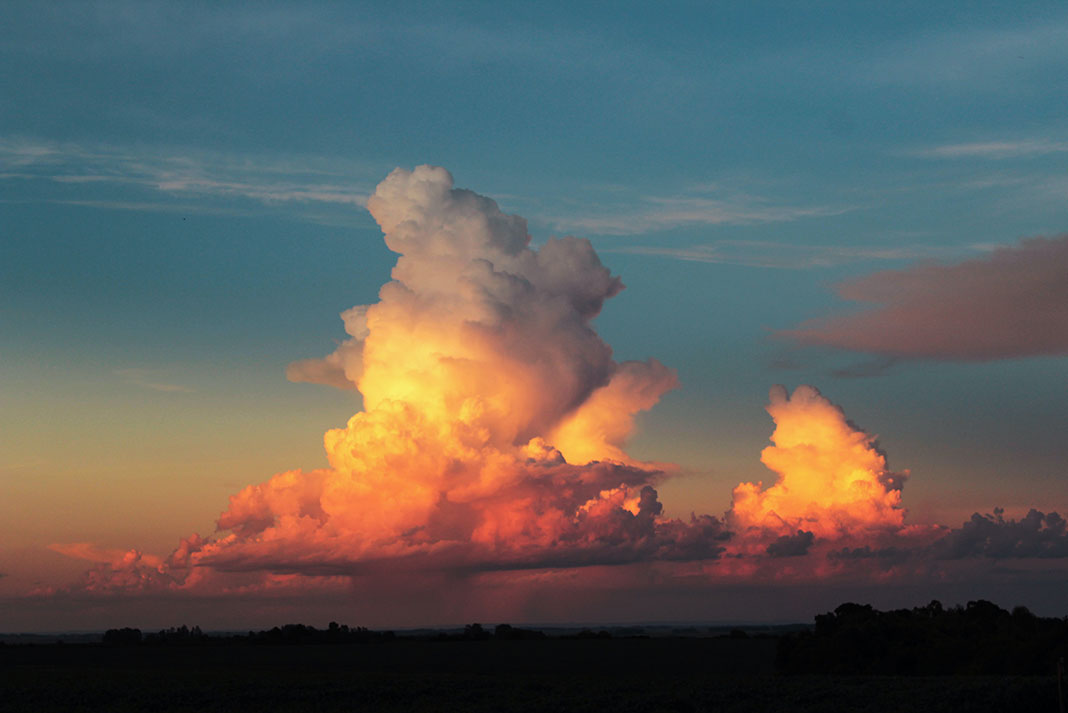
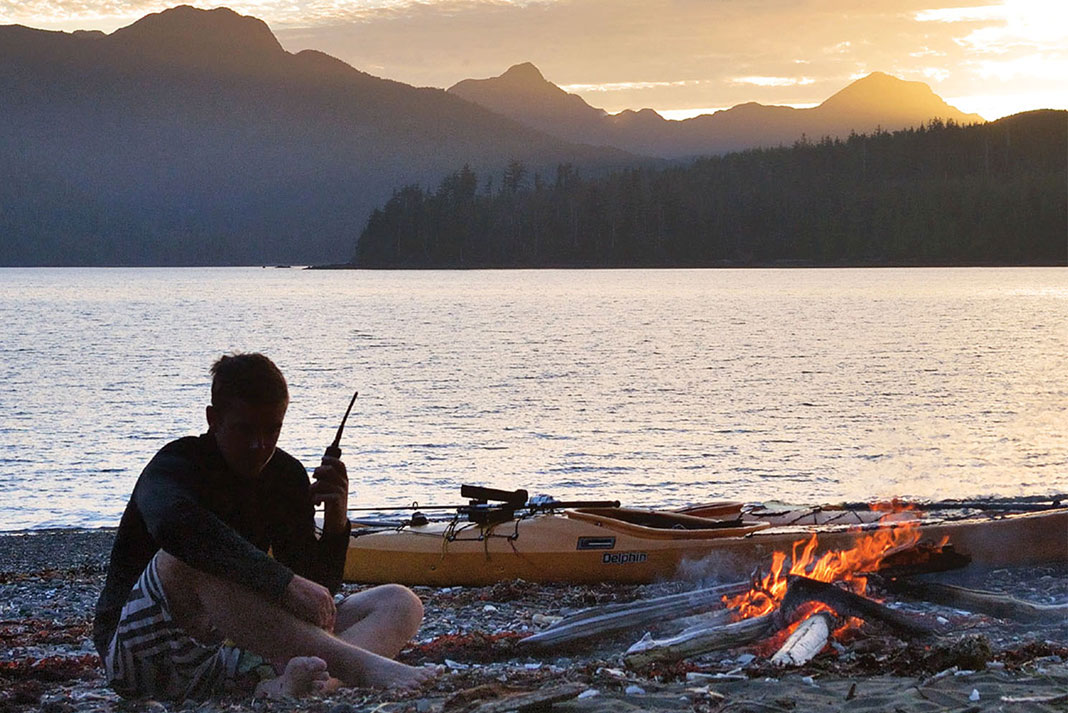
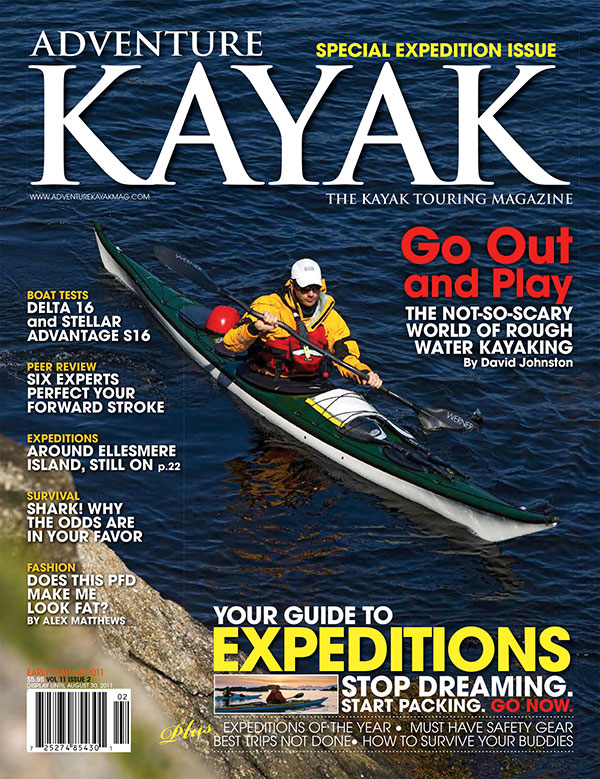 This article was first published in the Early Summer 2011 issue of Adventure Kayak Magazine.
This article was first published in the Early Summer 2011 issue of Adventure Kayak Magazine. 